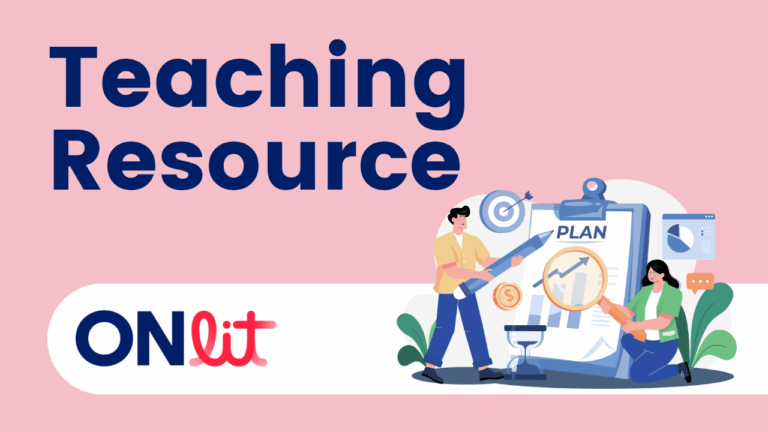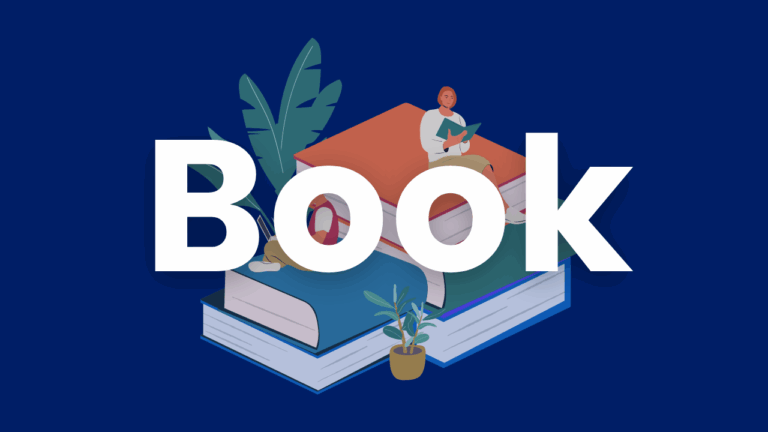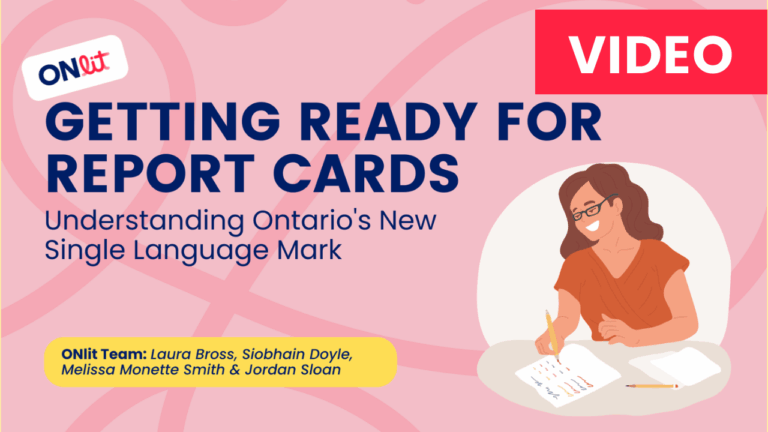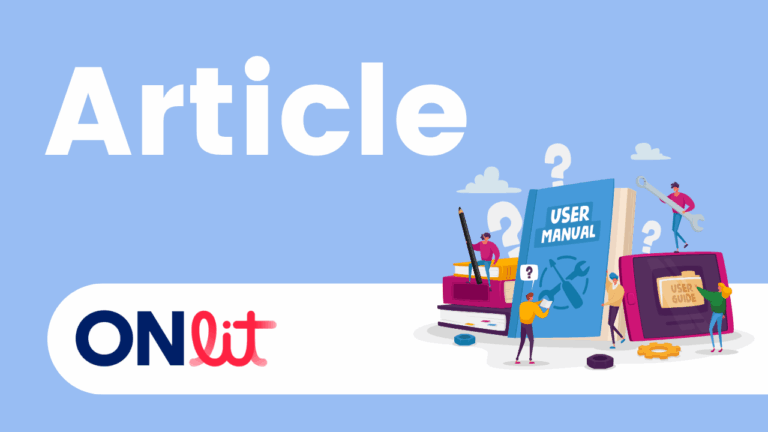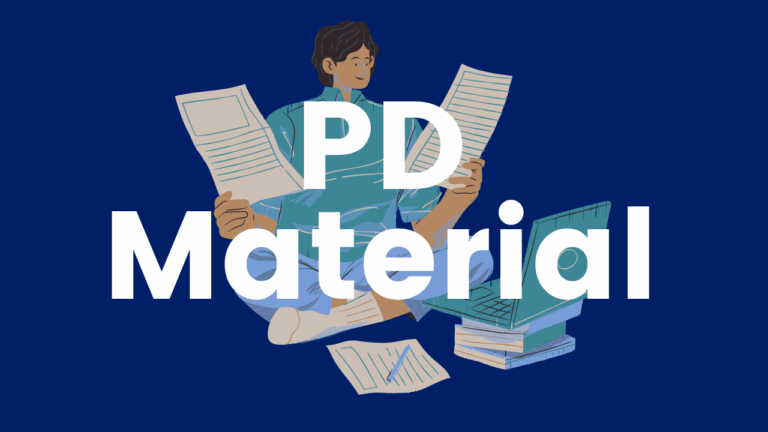Repurposing Levelled Literacy Intervention (LLI) – Content Library
With shifts to literacy instruction and intervention and the revised 2023 Language curriculum, many schools have unused Levelled Literacy Intervention books in their book rooms. While LLI isn’t an evidence-based literacy intervention and doesn’t meet the needs of struggling readers, the individual texts can be repurposed to support structured literacy instruction. Developed by Catherine Shawana…

